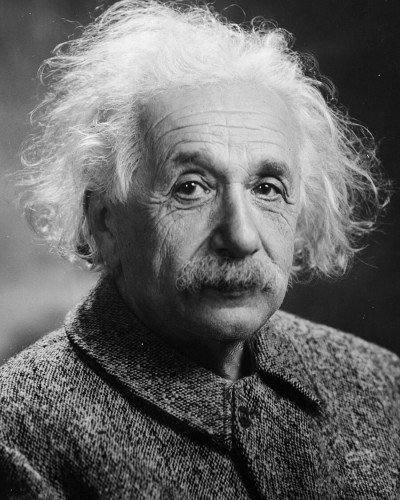Full Biography
Albert Einstein (1879–1955) was a German-born physicist whose revolutionary ideas reshaped the understanding of the physical universe. Widely regarded as one of the most influential scientists in history, he developed the theory of relativity, introducing groundbreaking concepts about time, space, and energy. His famous equation, 𝐸=𝑚𝑐2
E=mc2, established the equivalence of mass and energy, becoming one of the most recognized scientific formulas of all time.
Born in Ulm, Germany, Einstein showed an early fascination with science and mathematics, though he was not initially considered an exceptional student. He attended the Swiss Federal Polytechnic in Zurich, where he excelled in physics. After struggling to find an academic position, Einstein worked as a patent clerk in Bern, Switzerland. During this period, he published several papers in 1905, known as his "miracle year," which included his theories on the photoelectric effect, Brownian motion, and special relativity. His explanation of the photoelectric effect later earned him the Nobel Prize in Physics in 1921, as it was foundational to the development of quantum mechanics.
Einstein’s theories extended into general relativity, published in 1915, which provided a new understanding of gravity and predicted phenomena such as the bending of light by gravity, confirmed during a solar eclipse in 1919. These findings cemented his reputation as a global scientific icon.
In 1933, Einstein emigrated to the United States to escape the rising threat of Nazi Germany, joining the Institute for Advanced Study in Princeton. He became a vocal advocate for civil rights, international cooperation, and nuclear disarmament, though he supported the Manhattan Project during World War II out of concern about Nazi Germany developing atomic weapons.
